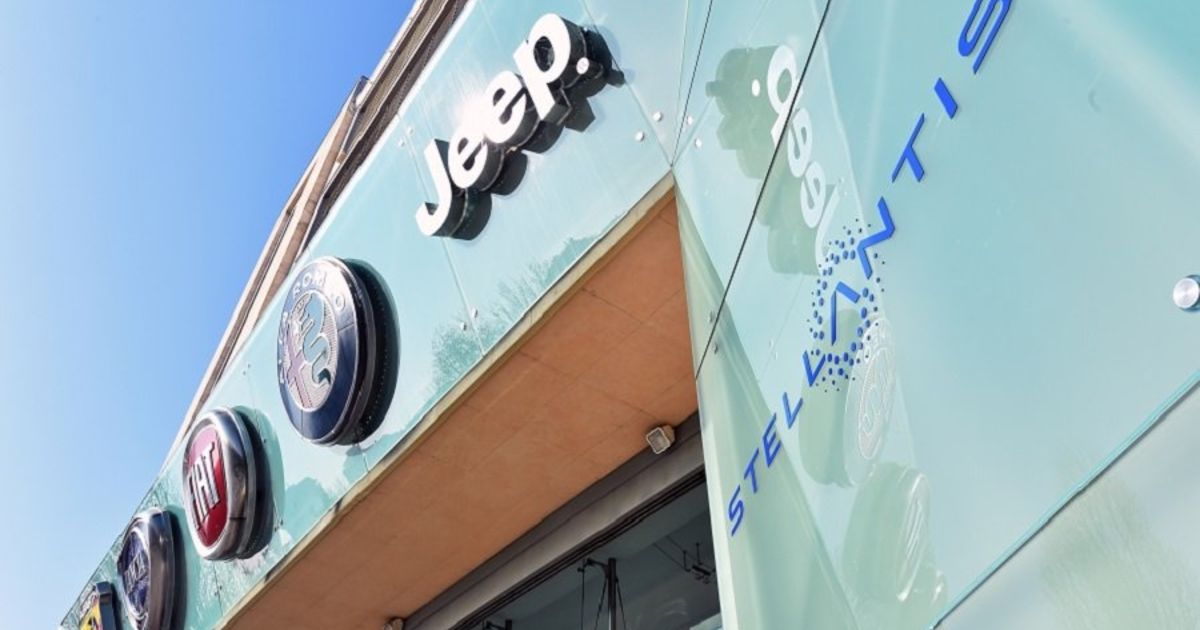
Stellantis and joint venture partner LG Energy Solution Ltd., with backing from three levels of government, committed Wednesday to spending $4.1 billion to build Canada’s first large-scale EV battery plant in Windsor, Ont.
The sprawling facility, expected to begin operations in 2024, will have capacity to produce 45 gigawatt hours (GWh) of lithium-ion battery cells and modules to supply the Chrysler, Dodge, Jeep and Ram parent firm’s auto assembly operations in Ontario and elsewhere in North America.
Stellantis CEO Carlos Tavares said the investment, which is the largest in the history of Ontario’s auto sector, will help position Canada as a leader in North American EV battery production. It will also orient the company toward its EV targets, he added.
“Our joint venture with LG Energy Solution is yet another stepping stone to achieving our aggressive electrification roadmap in the region aimed at hitting 50 percent of battery electric vehicle sales in the U.S. and Canada by the end of the decade,” he said in a release.
The plant is expected to create 2,500 jobs in the auto-focused city across the border from Detroit. It builds on recent investments in upstream battery materials production in Quebec and is the culmination of months of aggressive government outreach to secure a place for Canada’s auto sector as EV adoption accelerates.
LG Energy CEO Youngsoo Kwon credited Canada’s renewable energy resources as among the reasons for selecting the site in Windsor. He also pointed to related investments that could serve as a catalyst for Ontario’s wider battery supply chain.
“LGES will position itself as a critical player in setting up a battery value chain in the region as we provide solutions to our potential customers through our collective, unique technical skills and mass-producing capabilities.”
Ontario’s ‘manufacturing might’
Ontario Premier Doug Ford said the latest investment locks in the province’s place in the EV and battery supply chain.
“As we secure game-changing investments, we’re also connecting resources, industries and workers in northern Ontario with the manufacturing might of southern Ontario to build up home-grown supply chains.”
The battery investment also deepens Stellantis’ ties to Windsor.
The company’s Windsor Assembly Plant already produces a hybrid version of the Chrysler Pacifica minivan, and promised further EVs for the plant that could make use of the battery cells in contract negotiations with Unifor, which represents hourly workers at the plant, in 2020.
New vehicle for Windsor?
Stellantis has not shared what vehicle program it has planned for Windsor, but Sam Fiorani, vice-president of global vehicle forecasting at AutoForecast Solutions (AFS) told Automotive News Canada a new model with non-hybrid, hybrid and full an EV variant is slated to be built in Windsor starting in the third quarter of 2024.
“That’ll add some nice volume to that besides the minivans.”
Construction on the new battery plant is expected to start later this year as the Stellantis and LG Energy JV gear up to start cell production in the first quarter of 2024. The facility is scheduled to ramp up output through 2025. Once fully operational, the plant is expected to have capacity to meet a “significant portion” of Stellantis’ vehicle production requirements across North America.
Details on how much the federal, provincial and municipal governments will spend on the project are not yet available. Rebecca Bozzato, a spokeswoman for Ontario Minister of Economic Development, cited protecting the province’s competitiveness and the finalization of the funding agreement for the lack of disclosure.
“We need to ensure our negotiating position is protected for future investments we compete for,” she wrote in an email.
Reuters on Wednesday reported that LG Energy plans to invest $1.5 billion to set up the joint venture. The South Korean battery giant owns 51 percent of the joint venture, tentatively named “LGES-STLA JV” and Stellantis owns 49 percent, according to an LG Energy a regulatory filing.